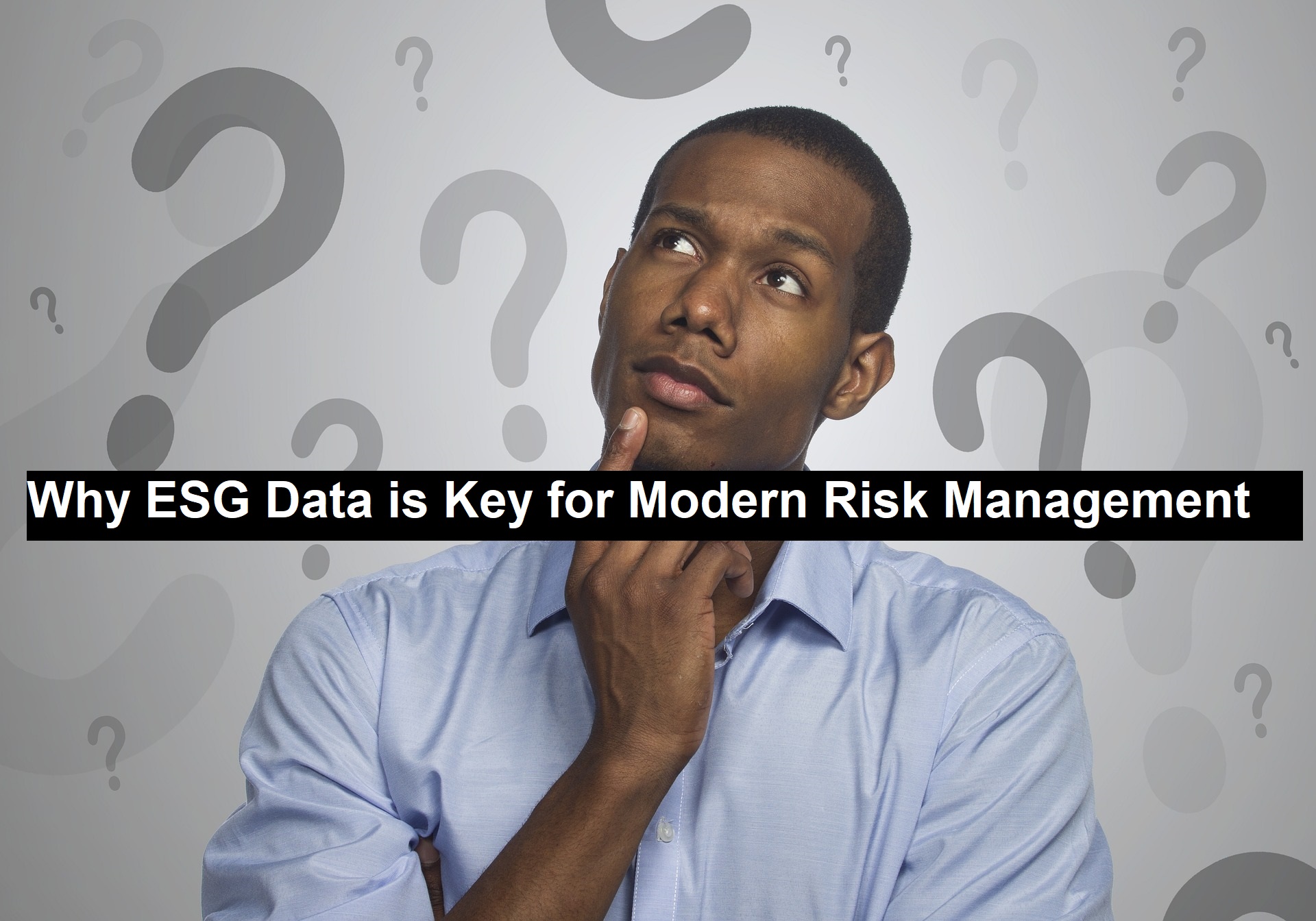Incorporating Environmental, Social, and Governance (ESG) data into risk management practices is becoming a priority for businesses worldwide. With the increasing complexity of the modern market, ESG data offers crucial insights that enable companies to navigate potential risks while seizing new opportunities. Not only does this build trust with stakeholders—such as investors, customers, and employees—but it also helps companies avoid fines by staying compliant with new Mandatory Reporting Requirements (MRR).
ESG data helps businesses go beyond traditional financial metrics by offering a more comprehensive view of potential risks. Companies can anticipate long-term challenges, such as environmental crises or governance issues, and take proactive measures to mitigate them. This forward-looking approach positions businesses for sustainable success while enhancing accountability and transparency, which resonates with an audience that increasingly values ethical practices.
Moreover, complying with ESG regulations has become a top priority for businesses globally. With stricter rules around ESG disclosures, companies that stay compliant can avoid legal complications while boosting their public image. Demonstrating a strong commitment to sustainability enhances relationships with both regulators and consumers.
Read: Maximizing Business Intelligence with Microsoft Power BI
ESG data also plays a critical role in enhancing operational resilience. By identifying specific ESG-related risks—ranging from environmental hazards to social conflicts—companies can be better prepared for disruptions and maintain smoother operations during crises. This adaptability is essential in a world where unexpected challenges are becoming more frequent.
To fully integrate ESG data into risk management, companies need to embed these considerations into their broader business strategy. This involves setting up governance structures like ESG committees and ensuring that ESG risks are part of the organization’s risk tolerance framework. Continuous monitoring, coupled with regular updates based on evolving risks, ensures that ESG remains a priority.
Equally important is stakeholder engagement. Listening to and addressing the concerns of investors, customers, and employees can align ESG efforts with their expectations, making the company’s initiatives more effective. Additionally, implementing training programs that raise awareness about ESG risks across the organization will cultivate a culture of sustainability from the ground up.
Modern-Risk-ManagementUltimately, effective ESG reporting is crucial for maintaining accountability. Companies should adopt standardized reporting frameworks to ensure consistency and reliability, while audits verify the accuracy of ESG data. For more insights on integrating ESG services into your organization’s risk management efforts, check out the accompanying resource.



